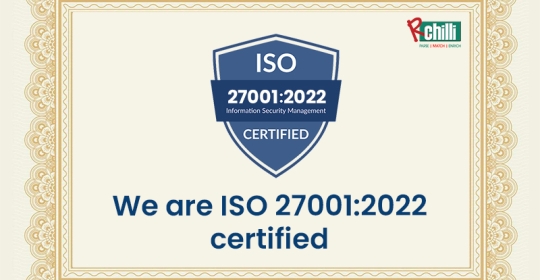Having the most important task of engaging talented professionals while fostering innovation, they also have to ensure that the workforce is a blend of diversity, equity, and inclusion. This includes onboarding at each level of the team hierarchy.
Without a doubt, HR’s role and responsibility have witnessed a strategic high over the past few years. With numerous HR conferences and webinars focusing on hiring a diverse workforce, speedy recruitment, global hiring, and removing bias from the hiring process, we also need to realize the pressure this puts on the HR professionals.
Not that we deny the importance of a structured and well-defined hiring process; is it worth the strain HR managers have to endure? The seriousness of burnout within the HR structure is real and can disable a company’s ability to accomplish its business vision.
Among the many challenges that the HR managers reel under, manual candidate resume screening is the one that credits for HR exodus. While the recruiter has to scan through each resume among the hundreds for a single job post, the process is not only exhaustive but bound to carry a lot of errors and misjudgments.
Contrary to the belief of many that a candidate screening process is a matter of a few hours, we’ve dissected the whole process to paint an accurate picture. Here’s a synopsis of how manual resume screening works:
- Each job posting can receive nearly 250 resumes. If done thoroughly, manually screening a single resume can take between 10-14 minutes.
- Out of these 250, the recruiter shortlists approximately 7-8 resumes, and out of these, one candidate will be offered the job.
- The colossal task is to efficiently screen these 7-8 resumes out of the 250+ batch.
- One resume of an experienced candidate runs through 2-3 pages. It’s impossible to go through each manually. Therefore, a recruiter either avoids scanning the resumes or selects the ones based on name, gender, and race, which introduces biases in the first step.
- Agreed, not everyone is experienced or an expert in scanning the resumes according to the job description. Introducing a biased approach further increases the gap between the company and potential candidates.
- Other than this, while screening the resumes, if a recruiter happens to stumble upon 4-5 good candidates, there are high chances he might avoid screening the resumes further. This also increases the likelihood of losing great candidates.
- A recruiter, on average, spends a day screening 50 resumes manually. Given the competitive industry and the target of recruiting the best-in-class professionals looming over their shoulders, a recruiter uses shortcuts to scan the resumes, which negates the chances of quality hiring.
- Courtesy of the biases in the process, it becomes difficult to achieve an unbiased resume score.
- Once the candidate screening procedure is done, the next challenge is to set up an interview time with them. A daunting task in itself, each candidate would require 4-5 calls, considering a clash in the timings that would not suit either them or the recruiter. This results in either postponing the interview or staying back post the working hours to carry out the interview and fill the post.
- The first interview round may or may not be the best way to judge a candidate’s caliber. Hence, a great candidate can get lost in the first round itself to a less deserving one. The problem for the HR managers here is that since the candidate won’t have the expected potential, the post can be vacant soon. This means that the tedious task of resume screening and interviews will have to begin again.
The manual resume screening process induces the risk of losing the data of a talented candidate in the mix before even reaching the interview round. Topped up with the biases based on gender, demographics, age, and more, the talent acquisition process fails to do justice to the aptitude of the deserving candidate and the efforts and time invested by the recruiters.
Is There a Way To Resolve The Challenges Posed By Manual Resume Screening?
Automation- this one word can surmise the solution to hiring talented professionals efficiently. Since the candidate screening process is breached at the first stage, automating it with the help of a resume parser can ensure the hiring quality isn’t compromised.
To begin with, the AI-driven parser ensures that the recruiters don’t get to
- invest days screening the set of CVs,
- get accurately parsed candidate data within seconds,
- And most importantly, the data parsed is void of any bias confirming the candidates short-listed for interviews are skilled.
The primary job of a recruiter is to focus on hiring. The intuitive software automatically populates the selected data fields like qualification, skills, experience, certifications, and licensing, enabling skill–based hiring. This advanced automation helps them save time and leaves zero chance of manual data entry errors.
Talking about time-saving and lessening the burden from the responsible shoulders of HR professionals, the parser comes with the functionality to parse multiple resumes in a go. This well-defined process gives access to structured data from different resume sets and helps them close the job opening quickly.
Since the parser encourages skills-based hiring, the chances of unconscious bias automatically get removed. This further ensures that the reach to talented and skilled candidates improves, and so does the hiring process.
Wrapping Up
HR managers are the engine of a company. Overdoing or overworking them will not only lessen the quality of the employees hired but also leave you without any direction. Before HR managers hand over their resignation letters, it’s time you take the burden off their shoulders and automate their candidate screening processes with a certified resume parser.
Help them save time screening the resumes and lining up proficient candidates for interviews. This helps ease their hiring processes and seal your vacant job positions with talented professionals.








